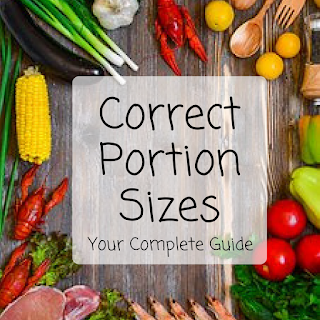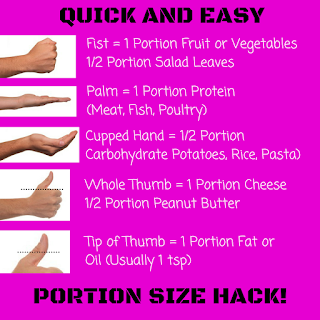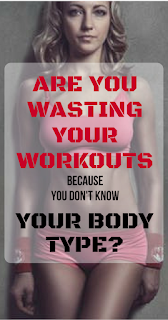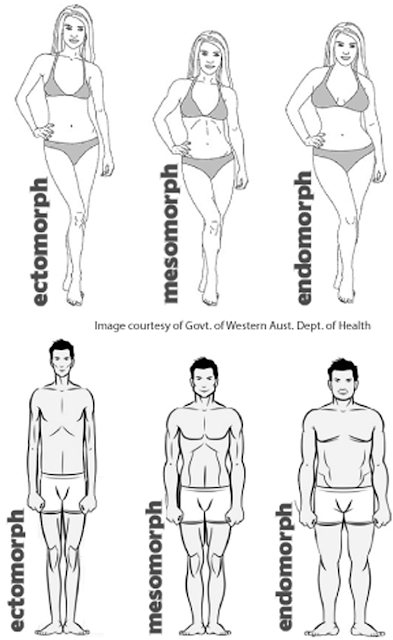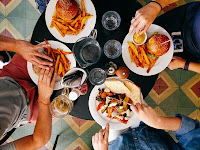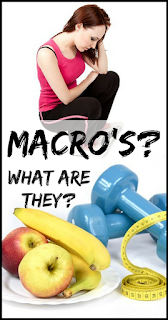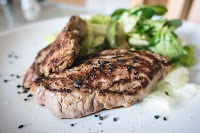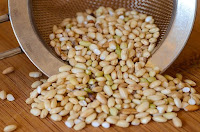Healthy Chicken Chow Mein Recipe
If you’re craving Chicken Chow Mein and are thinking of heading out to your local takeaway, I urge you to try this healthy chicken chow mein recipe, a quick and healthy takeaway recipe that will be kinder on your pocket and your waistline, plus you can definitely eat it more than once a week!
How To Make Healthy Chicken Chow Mein Recipe:
My recipe for Healthy Chicken Chow Mein is quick to make and cheap at around £1.50 per portion.
Not only is it healthy and cheap but it is a high protein meal with 35g per portion.
All ingredients featured are from budget supermarket, Aldi, which is where I do my weekly shop and why the price per portion is so low.
You should be able to find all of the ingredients at your local Supermarket though.
There is no need to get any fancy sauces or go to any specialist shops.
Did I also mention how easy this recipe is to make?

Ingredients for sauce (makes 3 portions):
50ml boiling water
1/2 chicken stock cube
1/4 tsp garlic granules (or you could use garlic puree)
1/4 tsp ground ginger
3 tbsp light soy sauce
1 heaped tbsp cornflour (cornstarch)
200ml cold water
Method for Sauce:
Firstly ensure you have a container with a tight lid as you are going to be shaking it!
Dissolve the half stock cube in the boiling water in your container and stir until dissolved.
Leave to cool before adding the other ingredients (the sauce only goes in towards the end of cooking time, so prepare your veg and begin to cook whilst waiting).
When cooled, add in the garlic granules, ginger and soy sauce.
Stir together before adding in the cold water.
Now add in the cornflour, fit the lid tightly onto the container and shake to mix.
The sauce will separate when standing so shake well again before adding into the pan.
Keep it in the cupboard to use next time as it will keep for two weeks. Don’t put it in the fridge though as the cornflour will harden.
Ingredients for Main Dish (1 portion):
1/2 tsp coconut oil (or your preferred frying oil)
30g sliced onion
50g sliced mushrooms
50g sliced carrot
50g sliced broccoli
100ml boiling water
85g sliced cooked chicken breast
1/2 portion medium or fine dry egg noodles
30g sliced onion
50g sliced mushrooms
50g sliced carrot
50g sliced broccoli
100ml boiling water
85g sliced cooked chicken breast
1/2 portion medium or fine dry egg noodles
Method for main dish:
If you are using raw chicken, cook it separately before you begin the following steps.
Melt the coconut oil in a frying pan on a medium heat.
Add in the onions and fry for 2 minutes.
Add in mushrooms and fry for a further 2 minutes until browned.
Add in the carrot and broccoli and pour over 100 ml boiling water.
Stir and place a lid on the pan or use a metal tray to place on top, allowing the vegetables to steam. Cook this way until the broccoli has turned bright green, then remove the lid.
Boil your noodles at this point in a separate pan.
When your vegetables are cooked to your liking, add your cooked chicken into the pan with the vegetables and then it is time to add the sauce.
Shake the container well and pour in 1/3 of your sauce (one portion).
Mix together and cook until the sauce bubbles and becomes thicker, then turn down the heat to low.
Check your noodles are cooked and then drain them before adding into the pan, stirring into the vegetables and sauce.
Turn off the heat, serve and enjoy!
Melt the coconut oil in a frying pan on a medium heat.
Add in the onions and fry for 2 minutes.
Add in mushrooms and fry for a further 2 minutes until browned.
Add in the carrot and broccoli and pour over 100 ml boiling water.
Stir and place a lid on the pan or use a metal tray to place on top, allowing the vegetables to steam. Cook this way until the broccoli has turned bright green, then remove the lid.
Boil your noodles at this point in a separate pan.
When your vegetables are cooked to your liking, add your cooked chicken into the pan with the vegetables and then it is time to add the sauce.
Shake the container well and pour in 1/3 of your sauce (one portion).
Mix together and cook until the sauce bubbles and becomes thicker, then turn down the heat to low.
Check your noodles are cooked and then drain them before adding into the pan, stirring into the vegetables and sauce.
Turn off the heat, serve and enjoy!
Macros:
372 Calories – 35g Protein – 7g Fat – 48g Carbs
I hope you enjoyed this healthy chicken chow mein recipe, it is one of my favourites and fits well into my diet plan.
The ingredients can be prepared in advance so it is perfect for meal prepping and storing in the fridge for a quick lunch or evening meal.
The ingredients can be prepared in advance so it is perfect for meal prepping and storing in the fridge for a quick lunch or evening meal.
Check back for upcoming recipes and meal prepping ideas and let me know if you tried this recipe or if you would like me to re-create your favourite takeaway to make it healthier!
Products I would recommend for healthy meal preparation (these are affiliate links so I would earn a small commission for any purchase)
********* Products I would recommend ***********
__________________________________________________________
My Social Media:
YouTube Channel:
https://www.youtube.com/channel/UC3nh9HMVkW1C_OsweVKxOqQ
Instagram: https://www.instagram.com/weightlosshealthfitness/
Pinterest:
https://www.pinterest.com/weightlosshealthfitness/
Facebook:
https://www.facebook.com/Weightloss-Health-Fitness-2108548619382034/
__________________________________________________________
My Social Media:
YouTube Channel:
https://www.youtube.com/channel/UC3nh9HMVkW1C_OsweVKxOqQ
Instagram: https://www.instagram.com/weightlosshealthfitness/
Pinterest:
https://www.pinterest.com/weightlosshealthfitness/
Facebook:
https://www.facebook.com/Weightloss-Health-Fitness-2108548619382034/

